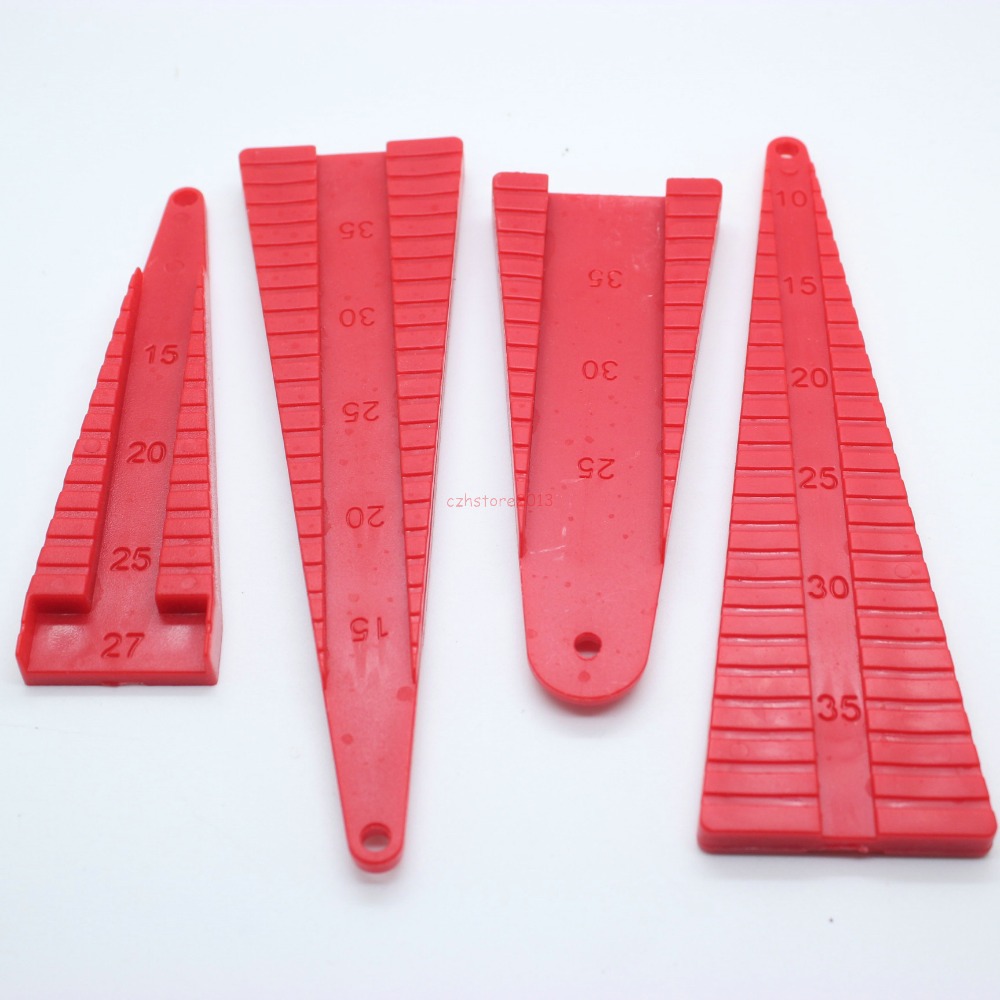Chuck(G)
25k Member
One thing that will help (we really need a section on tools and techniques) is a lead-forming tool:

Basically, you drop the resistor so that the body fits in the center groove at the appropriate lead length indicator and bend the leads straight down. Works a treat and looks like a million bucks.
Most jumper wires that I've seen are tinned bare copper bus wire, which can also be purchased. No need to nick insulated wire stripping it:


Basically, you drop the resistor so that the body fits in the center groove at the appropriate lead length indicator and bend the leads straight down. Works a treat and looks like a million bucks.
Most jumper wires that I've seen are tinned bare copper bus wire, which can also be purchased. No need to nick insulated wire stripping it:


